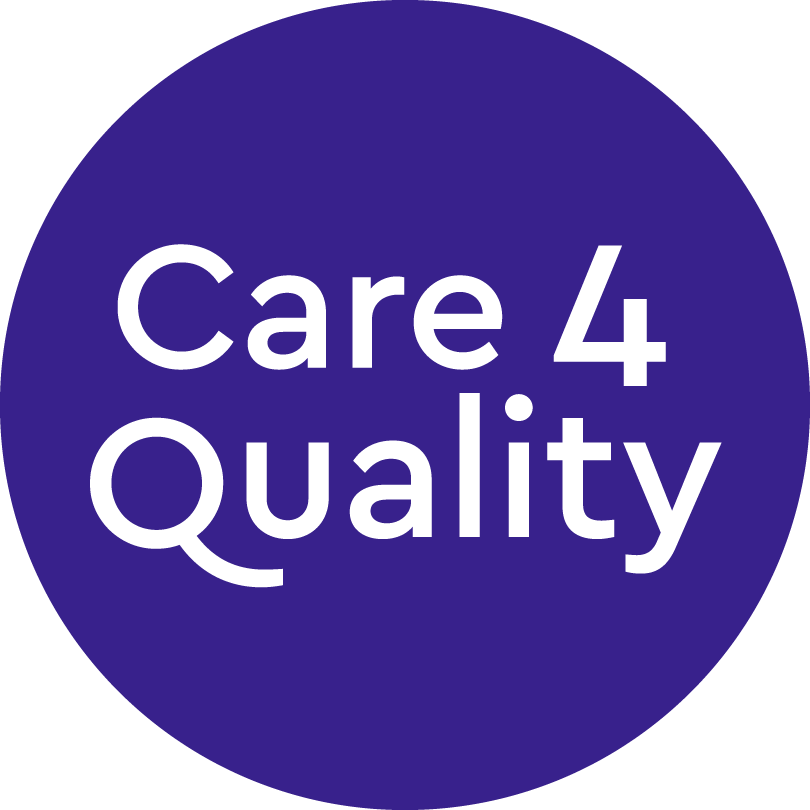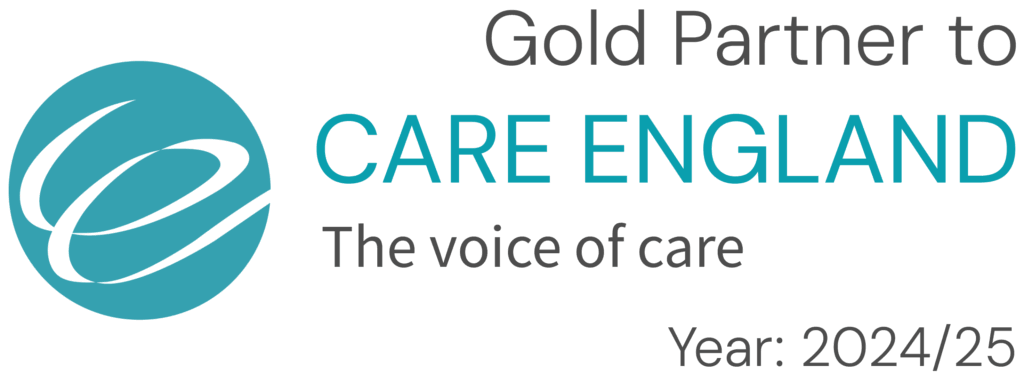The Review of Patient Safety Across the Health and Care Landscape by Dr Penny Dash was commissioned by the Secretary of State for Health and Social Care. It follows concerns raised during the operational review of the CQC which highlighted a highly fragmented patient safety system and the need for a more consistent, effective approach across health and social care in England.
The report sends a clear message to care providers; patient safety must be built into everything – not just policy, but day-to-day practice. With the sector under increasing scrutiny, providers need to take proactive steps to be inspection-ready and lead from the front on safety and quality.
Here’s what providers should be doing now:
- Strengthen internal governance and accountability
One of the core messages from the report is the need for clear, embedded leadership when it comes to safety. Providers are ultimately responsible for the quality of care they deliver, and that means governance and accountability must start at the top.
- Are roles and responsibilities clearly defined?
- Are your leadership and oversight arrangements robust?
These aren’t just internal questions – they’re things inspectors will increasingly want evidence of. When governance is strong, the rest tends to follow.
- Foster a culture of openness and learning
To improve patient safety in care settings, there must be a commitment to continuous learning and improvement from the top down. This means creating an environment where staff feel confident to raise concerns. Key actions include:
- Creating an open culture where incidents can be reported and discussed without fear of blame
- Having clear, accessible Freedom to Speak Up mechanisms to encourage staff to raise concerns
- Investigating incidents thoroughly and sharing lessons learned
- Acting on MHRA Patient Safety Alerts and doing all that is reasonably practicable to mitigate risks.
When learning is embedded across the service, safety doesn’t sit on the sidelines – it becomes part of everyday decision-making.
- Harness data and technology to improve safety
The report also underlines to importance of high-quality data in identifying risks. This is where technology can play a critical role. Providers should be looking to:
- Monitor incidents, complaints, near misses and safeguarding concerns in real time
- Use dashboards and trend analysis tools to spot early warning signs
- Feed learning into the wider system to help raise standards across the board
It’s not just about tracking numbers – it’s about understanding what those numbers are telling you and responding before harm occurs.
- Listening to your staff and service users
The voices of staff and service users are central to both quality improvement and regulatory inspection. The CQC is already placing greater weight on lived experience as part of its assessment framework, and that trend is only likely to continue.
Providers need to:
- Gather feedback through regular surveys, complaints and other methods
- Demonstrate how that feedback shapes delivery
- Involve service users in care planning and safety improvements
CQC inspectors will increasingly want to see evidence that voices are not just heard but acted upon. When people feel heard, care improves.
- Focus on outcomes, not just compliance
Another key theme of the review is moving away from reactive, incident-led approaches to quality. Providers need to show they’re continuously improving – no just reacting to problems when they arise.
One way to do this is by adopting a comprehensive quality framework such as the Plan-Do-Study-Act (PDSA) cycle. This structured approach to improvement helps to demonstrate actual and measurable improvements: fewer medication errors, better infection control, and better service user experience, for example. That’s what good looks like.
Putting it into practice – how can providers prepare?
Understanding the implications of the Dash’s review is one thing – taking action is another. In light of these findings, providers must go beyond internal audits and self-evaluations – they’re no longer enough on their own. With external assistance for simulation inspections and policy harmonisation with regulators, it is becoming an essential part of CQC inspection readiness.
Here’s what good preparation now looks like:
- Run external CQC-style audits – Work with independent quality experts to create a benchmark of your service against the CQC’s Single Assessment Framework. These audits help identify blind spots, stress-test your frontline staff, and guide meaningful improvements.
- Update and audit your CQC policies – Policies should be tailored, up to date and fully aligned with the latest regulatory and legislative requirements. Commissioning expert input can make all the difference.
- Turn findings in to action plans – The results of audits should feed into a targeted, prioritised action plan – one that is tied into your governance and quality improvement systems, and tracked for progress.
- Prepare for themed inspections – With the CQC adopting a more intelligence-led approach, be ready for deep dives into areas like safeguarding, medication safety, or staff wellbeing – domains where specialist external experts can offer in-depth analysis and benchmarking.
- Expect regulatory change – Regulation is evolving. Working with compliance advisors who can interpret directions from the CQC means you can respond to new developments with confidence, rather being caught off guard.
Need help getting CQC ready?
At Care4Quality, we support providers across the care sector to build safer, stronger services. From mock CQC-style audits to policy support and ongoing compliance advice, we’ll work with you to ensure you’re not just meeting expectations, but leading the way.
Get in touch by emailing us at [email protected] or call us on 08083 037629 to get advice from our compliance experts.

